The Scoville Scale Showdown: Why Bhut Jolokia Reigns Supreme in Spice
If you're a spice lover who craves that fiery kick in your food, or a professional chef always on the hunt for bold flavor bombs, you’ve probably heard of the Bhut Jolokia. Known by many names—Ghost Pepper, Ghost Chili, or even Naga Jolokia—this pepper isn’t just hot; it’s historically one of the hottest peppers on Earth.
But what exactly makes it so hot? And why does it command such reverence on the Scoville Scale? In this article, we'll dive into the science behind the heat, compare the Bhut Jolokia with other chili giants, offer practical tips for cooking (and surviving) with it, and even guide you through buying options that pack a punch without blowing your taste buds away.
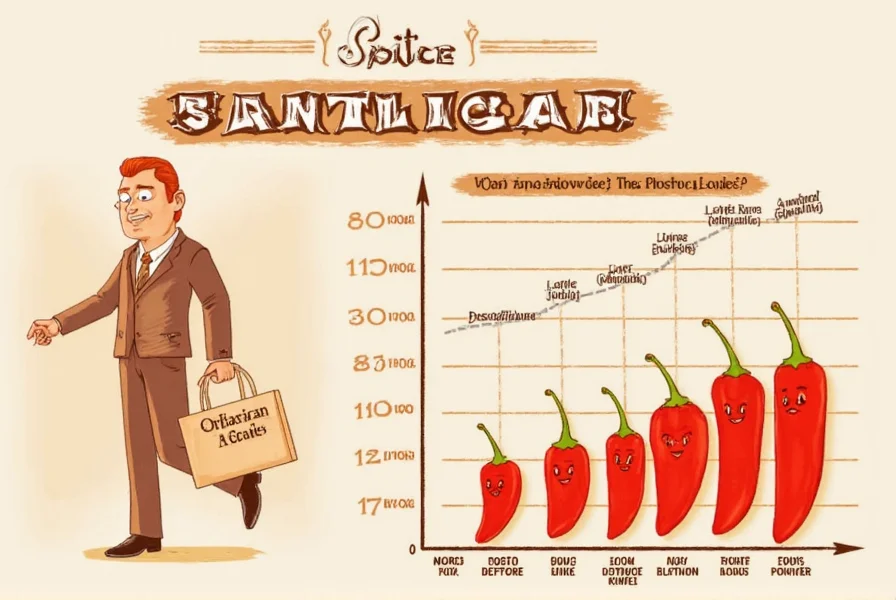
Table of Contents
- What Is the Scoville Scale?
- Meet the Bhut Jolokia
- How Hot Is It, Really?
- Bhut Jolokia vs Other Peppers
- Practical Cooking Tips with Ghost Pepper
- Buying Guide: Where to Get Bhut Jolokia Products
- Conclusion: The Legend Lives On
What Is the Scoville Scale?
Invented by pharmacist Wilbur Scoville in 1912, the Scoville Heat Unit (SHU) measures the pungency (spiciness) of chili peppers and their derivatives like hot sauces.
The method originally involved diluting a pepper extract until the heat was no longer detectable by a panel of tasters. Today, advanced lab techniques like high-performance liquid chromatography (HPLC) are used, but the SHU remains the standard unit of measurement.
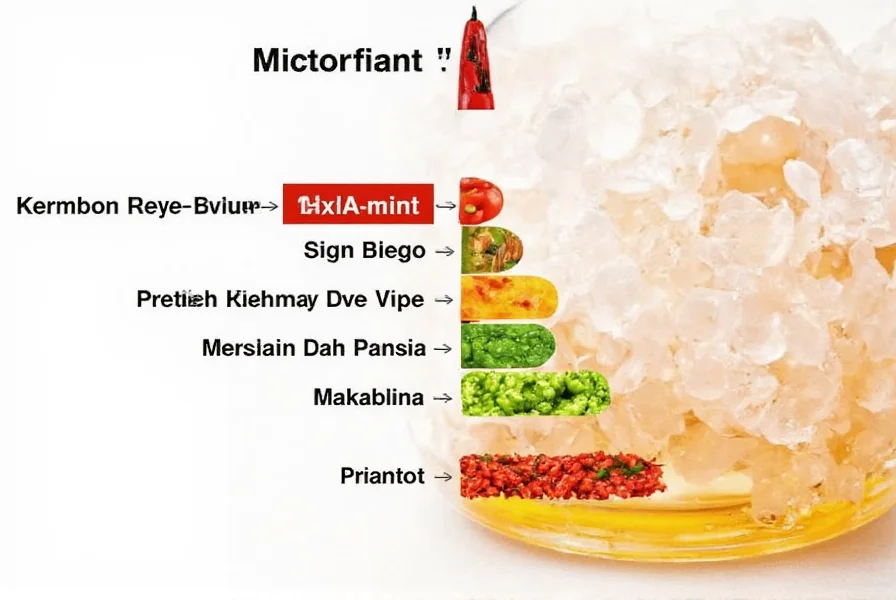
Key Points About the Scoville Scale:
- Measures capsaicin content — the compound responsible for heat.
- Higher SHU = hotter pepper.
- Examples:
| Pepper | Scoville Range (SHU) |
|---|---|
| bell pepper | 0 |
| Jalapeño | 2,500 – 8,000 |
| Habanero | 100,000 – 350,000 |
| Carolina Reaper | 1,400,000 – 2,200,000 |
Meet the Bhut Jolokia
Native to northeastern India, particularly Assam, Nagaland, and Manipur, the Bhut Jolokia has been part of local cuisine and folklore for centuries. It gained international fame when it was certified as the world’s hottest chili pepper by Guinness World Records in 2007, clocking in at over 1,000,000 SHU.
It's small in size but massive in heat and flavor. Its color varies from red to orange, yellow, or even chocolate-brown. It's often used in traditional dishes like pickles, chutneys, and meat preparations. Some locals even believe it wards off evil spirits — or at least gives them heartburn!
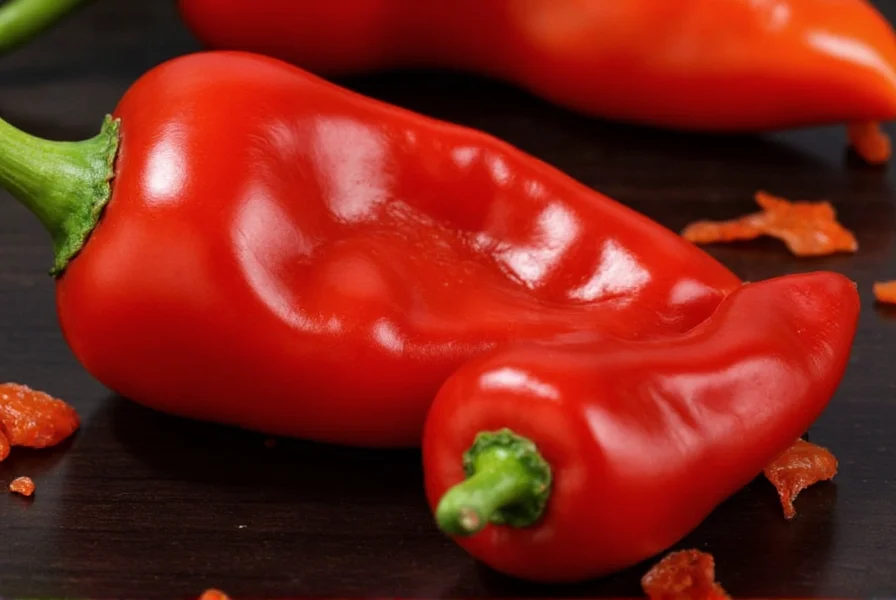
How Hot Is It, Really?
The official average Scoville rating for the Bhut Jolokia is around 1,041,427 SHU, although individual peppers can range between 855,000 to 1,463,700 SHU depending on growing conditions, soil type, humidity, and genetic variation.
To put that into perspective:
- A jalapeño ranges from 2,500 to 8,000 SHU — so the Bhut Jolokia is roughly 100 times hotter.
- Compared to Tabasco sauce (~2,500–5,000 SHU), it's about 200x spicier.
- You'd need over 20 habaneros to match the heat of a single ghost pepper!
Why Does It Burn So Much?
Capsaicin is the main culprit. It binds to pain receptors in your mouth and throat, triggering a sensation of burning without actually causing physical damage. However, because of its intense concentration in the Bhut Jolokia, the experience can feel very real — and unforgettable.
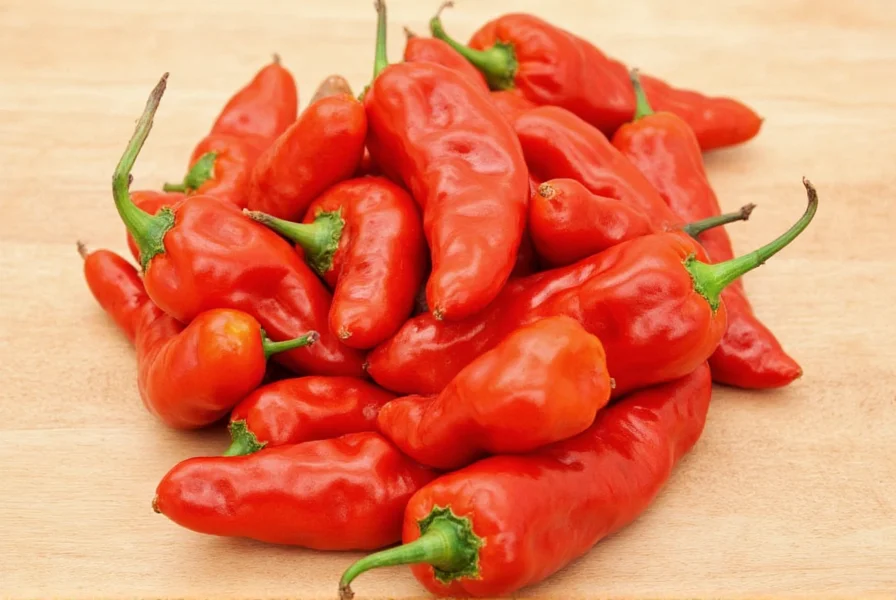
Bhut Jolokia vs Other Peppers
Let’s break down how the Bhut Jolokia stacks up against some of the most popular chili peppers around:
| Pepper | Scoville Range | Typical Use Case | Bhut Jolokia Comparison |
|---|---|---|---|
| Cayenne | 30,000 – 50,000 | Cooking, supplements | About 20x less hot |
| Serrano | 10,000 – 23,000 | Mexican dishes | ~50x milder |
| Scotch Bonnet | 100,000 – 350,000 | Caribbean cuisine | ~3x less intense |
| Carolina Reaper | 1,400,000 – 2,200,000 | Extreme heat challenges | Still hot, but not quite as wild as Reaper |

Is It Still the Hottest?
While the Bhut Jolokia once reigned supreme as the world’s hottest pepper, newer cultivars like the Trinidad Moruga Scorpion and the Carolina Reaper have surpassed it in laboratory tests. However, in terms of global recognition and cultural impact, few can rival its reputation.
Practical Cooking Tips with Ghost Pepper
So, you’ve decided to take the plunge and cook with Bhut Jolokia. Here are some essential tips to ensure you enjoy the heat without getting burned — literally:
1. Start Small
A little goes a long way. Even a small amount of fresh or powdered Bhut Jolokia can overwhelm a dish. Begin with a tiny piece or a pinch of powder and adjust slowly.
2. Wear Gloves
Capsaicin is oily and sticks to skin. Wear gloves when handling the pepper, and avoid touching your eyes, nose, or any sensitive areas. Trust us — you’ll thank yourself later.
3. Remove Seeds and Membranes
Most of the capsaicin is concentrated in the seeds and inner membranes. Removing these will reduce the overall heat level while retaining some flavor.
4. Balance with Dairy or Acid
If things get too spicy, reach for milk, yogurt, or lemon juice. Capsaicin dissolves better in fat and acid than water, so dairy-based solutions work best for relief.
5. Infuse Oils or Vinegars
Create homemade hot sauces, infused oils, or vinegar blends by steeping Bhut Jolokia slices. This spreads the heat more evenly and adds depth to dishes.

6. Know When to Hold ‘Em
Some dishes, especially stews or slow-cooked meals, benefit from gradual heat infusion. Add the pepper early for mellow warmth or near the end for sharp, intense spice.
Buying Guide: Where to Get Bhut Jolokia Products
Whether you’re looking for raw peppers, powders, sauces, or dried versions, here are some trusted sources and product recommendations:
1. Fresh Bhut Jolokia Peppers
- Best For: Making fresh salsas, marinades, or pickling.
- Recommended Brand: Nature’s Flavors Ghost Peppers
- Features: Locally grown, organic, handpicked at peak ripeness.
- Use Cases: Ideal for adventurous home cooks or chefs aiming to add authentic heat to regional dishes.
2. Ghost Pepper Powder
- Best For: Rubs, dry seasonings, or sprinkling on finished dishes.
- Recommended Brand: Frontier Co-op Organic Bhut Jolokia Powder
- Features: Pure ground pods with no additives, packed in resealable bags.
- Use Cases: Enhances soups, grilled meats, and spice blends like garam masala or taco seasoning.
3. Bhut Jolokia Hot Sauce
- Best For: Drizzling over tacos, burgers, or wings.
- Recommended Brand: Da’Bomb Beyond Insanity
- Features: Blends Bhut Jolokia with other ultra-hot peppers for a complex flavor profile.
- Use Cases: Perfect for extreme spice lovers who want convenience without compromising on heat intensity.
4. Dried Bhut Jolokia Peppers
- Best For: Storing long-term, making powders, or adding to broths.
- Recommended Brand: Spicy World Air-Dried Ghost Peppers
- Features: Sun-dried, whole pods with preserved potency and aroma.
- Use Cases: Great for infusing oils, making pastes, or enhancing stews and curries.
5. Bhut Jolokia Seeds
- Best For: Gardening enthusiasts or culinary adventurers.
- Recommended Brand: Burpee Organic Ghost Pepper Seeds
- Features: Heirloom variety, non-GMO, suitable for indoor or outdoor planting.
- Use Cases: Grow your own supply for personal use or community gardening projects.
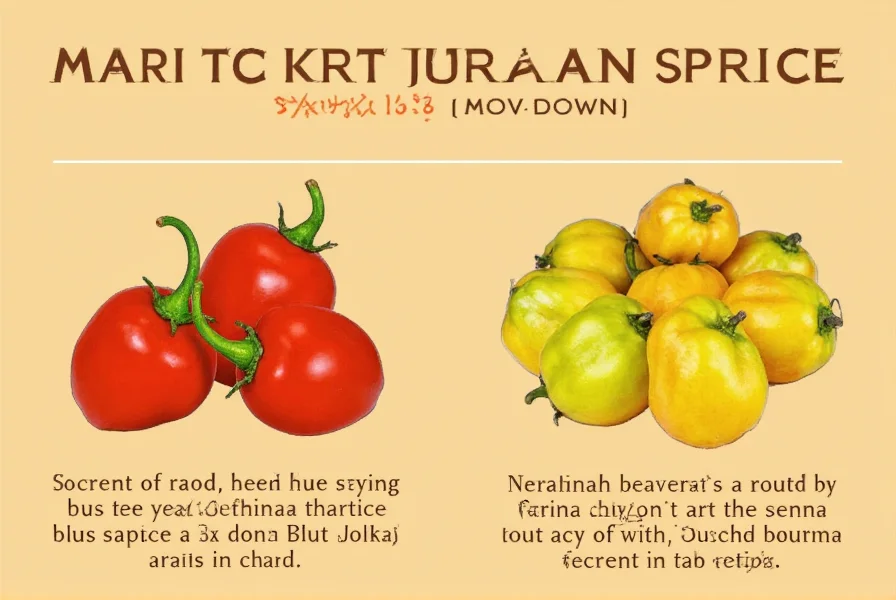
Conclusion: The Legend Lives On
The Bhut Jolokia may have lost its crown as the world’s hottest pepper, but its legacy as a spice icon remains unchallenged. Whether you're a seasoned pro or a daring newbie, this ghostly chili offers a blend of history, culture, heat, and flavor that few others can match.
Respect the heat, understand the science, and above all — experiment responsibly. From fiery sauces to smoky rubs, the Bhut Jolokia continues to inspire creativity and courage in kitchens across the globe.
So go ahead… dare to bite the ghost!
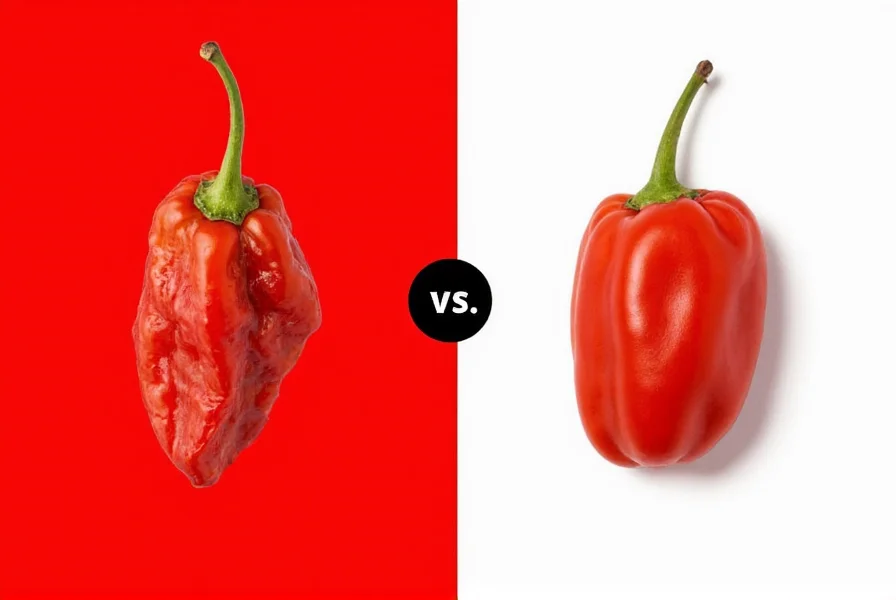

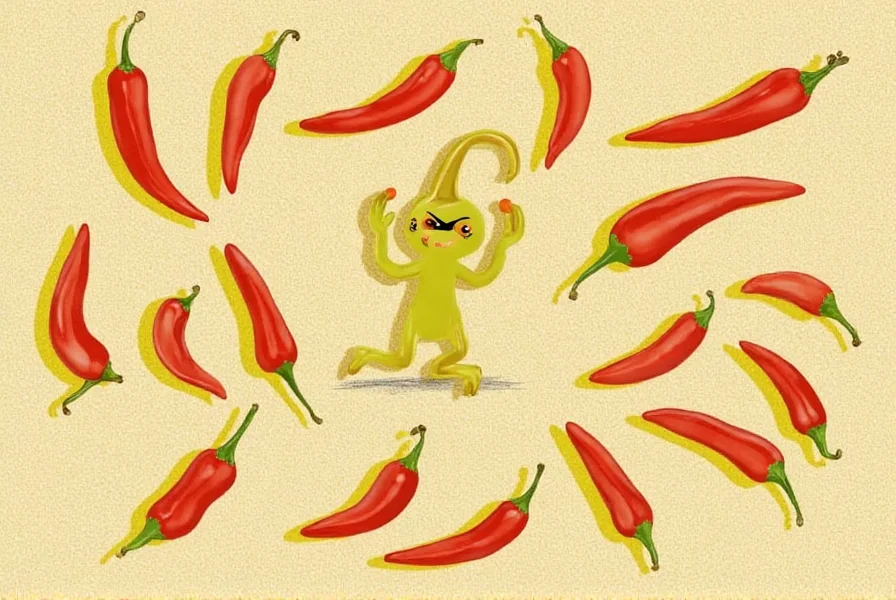









 浙公网安备
33010002000092号
浙公网安备
33010002000092号 浙B2-20120091-4
浙B2-20120091-4